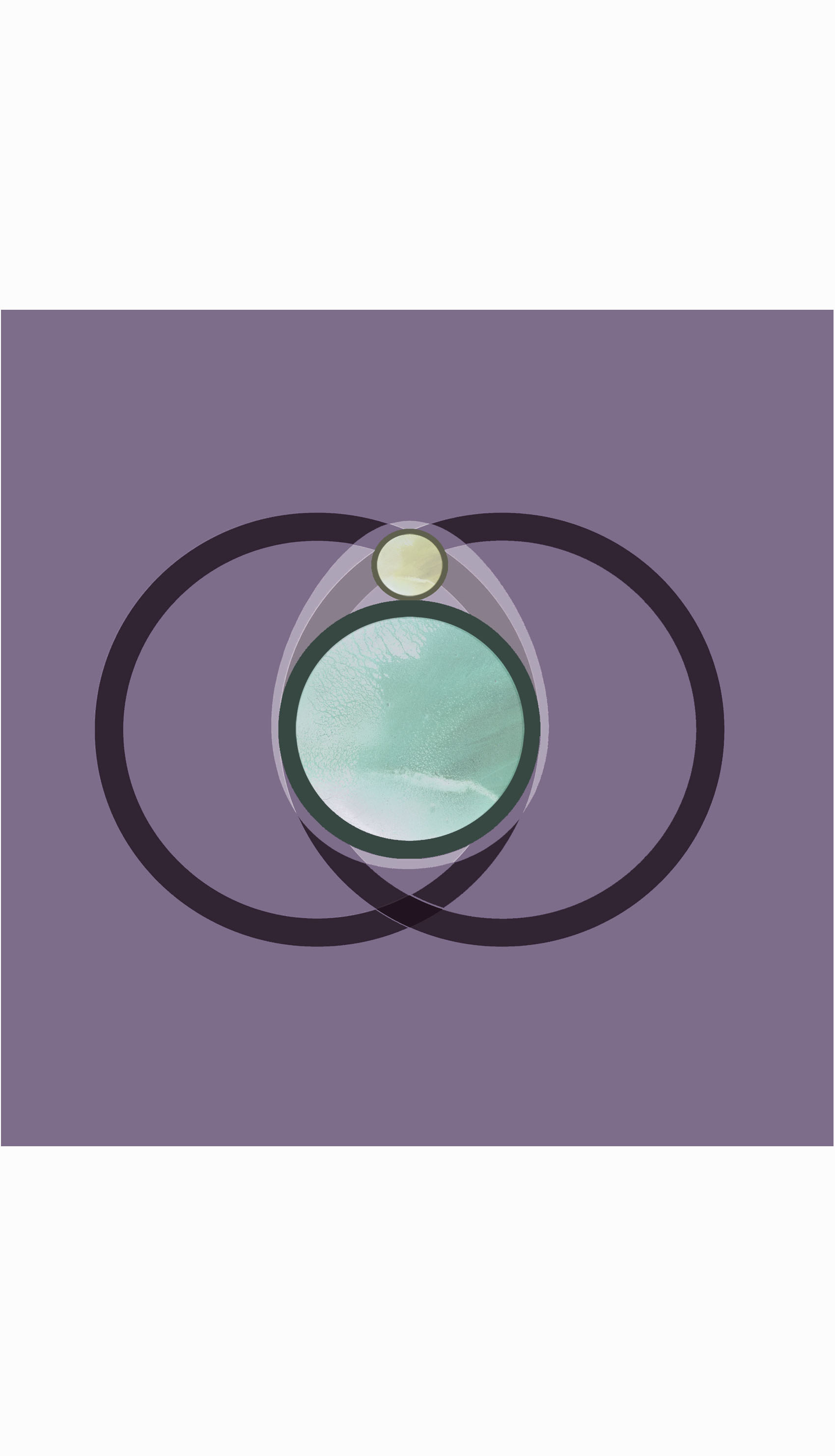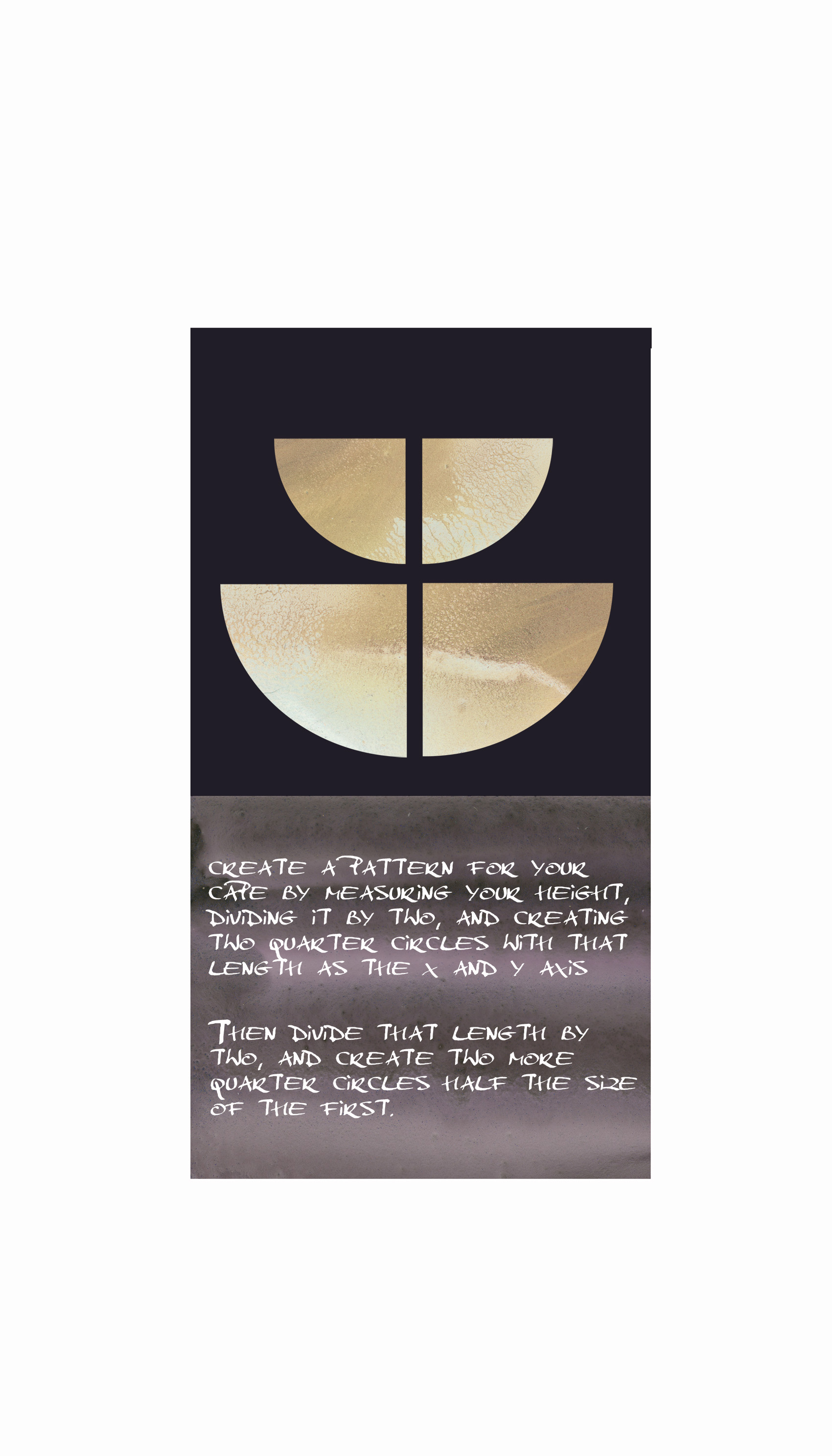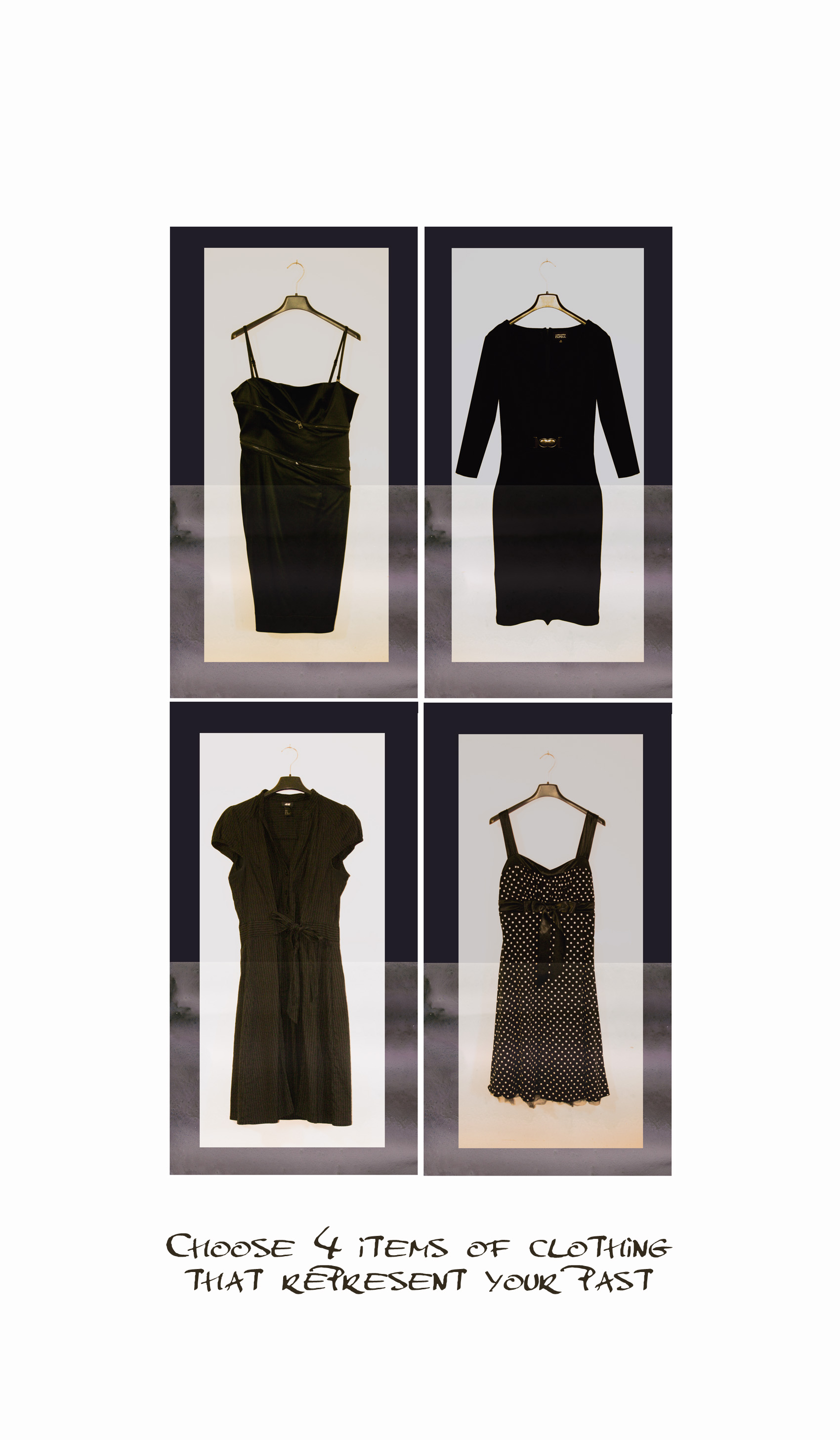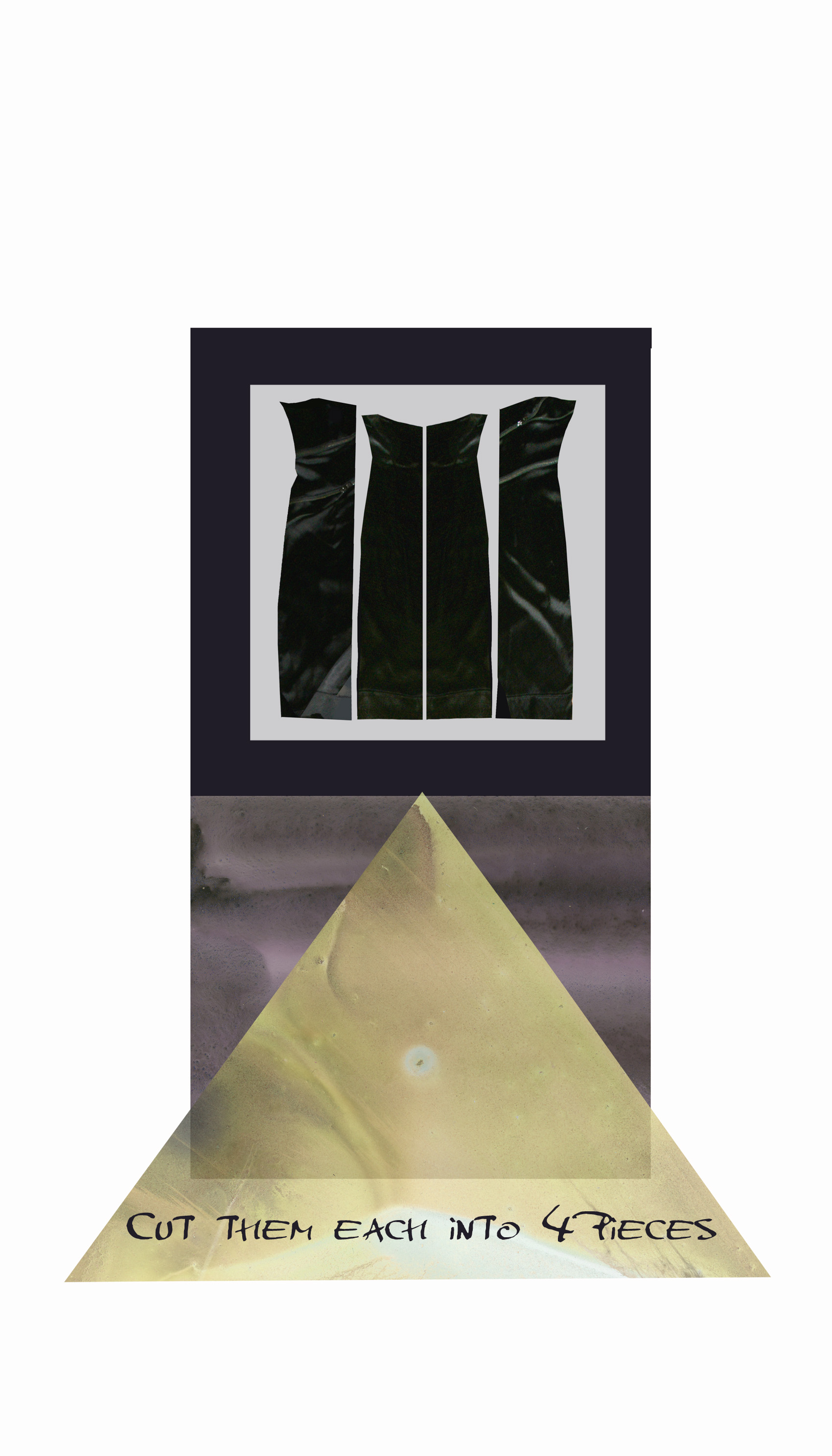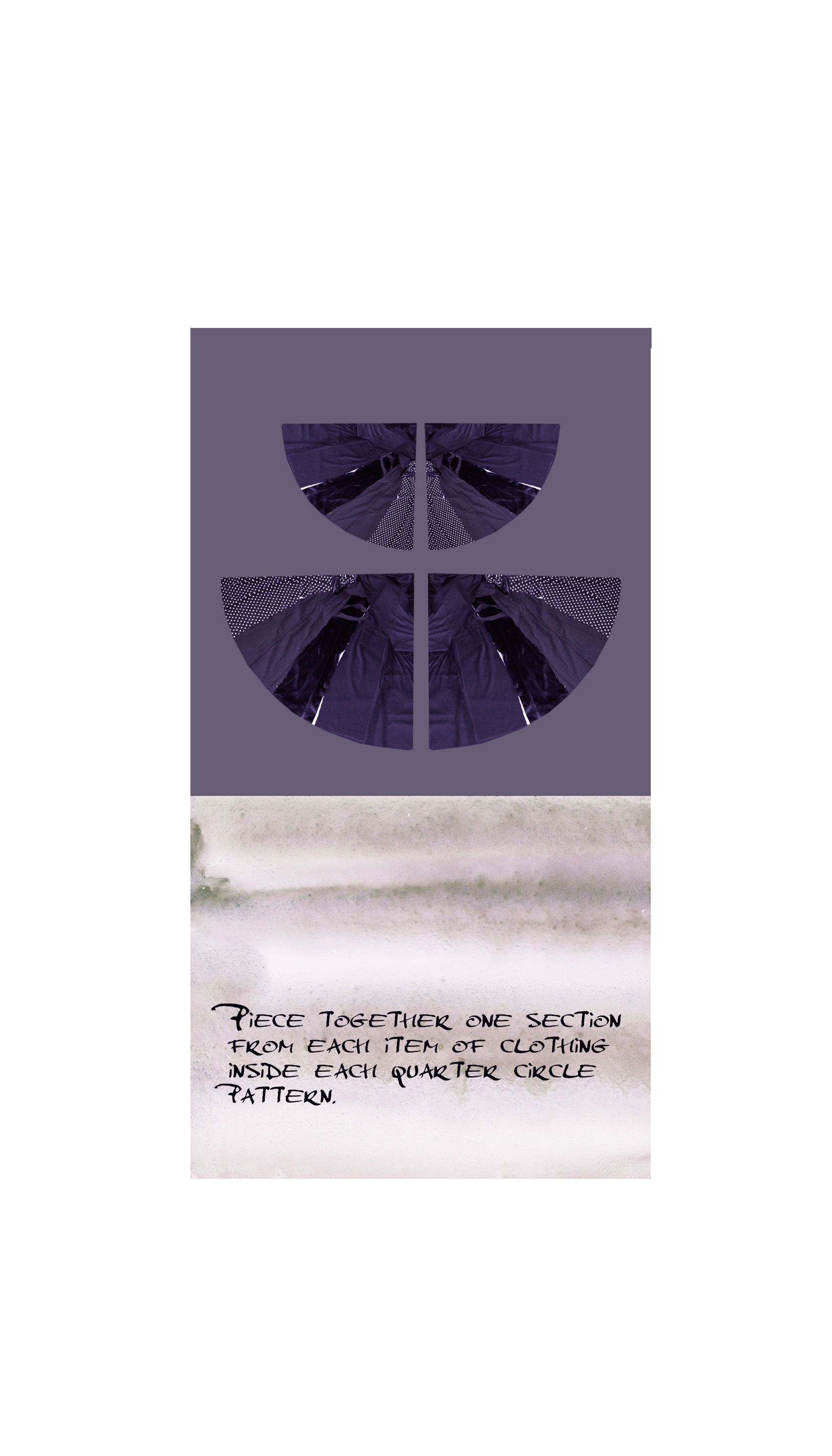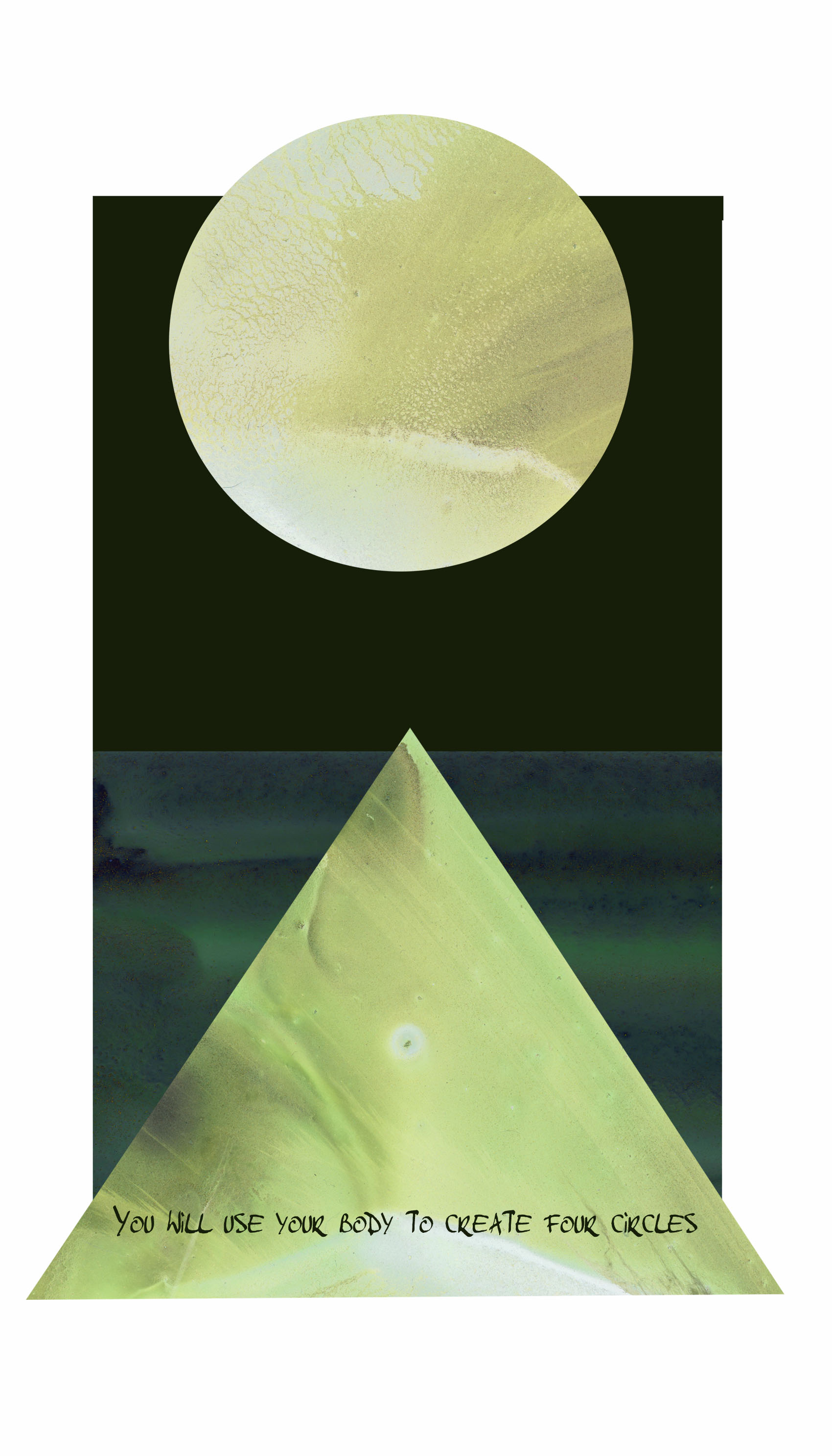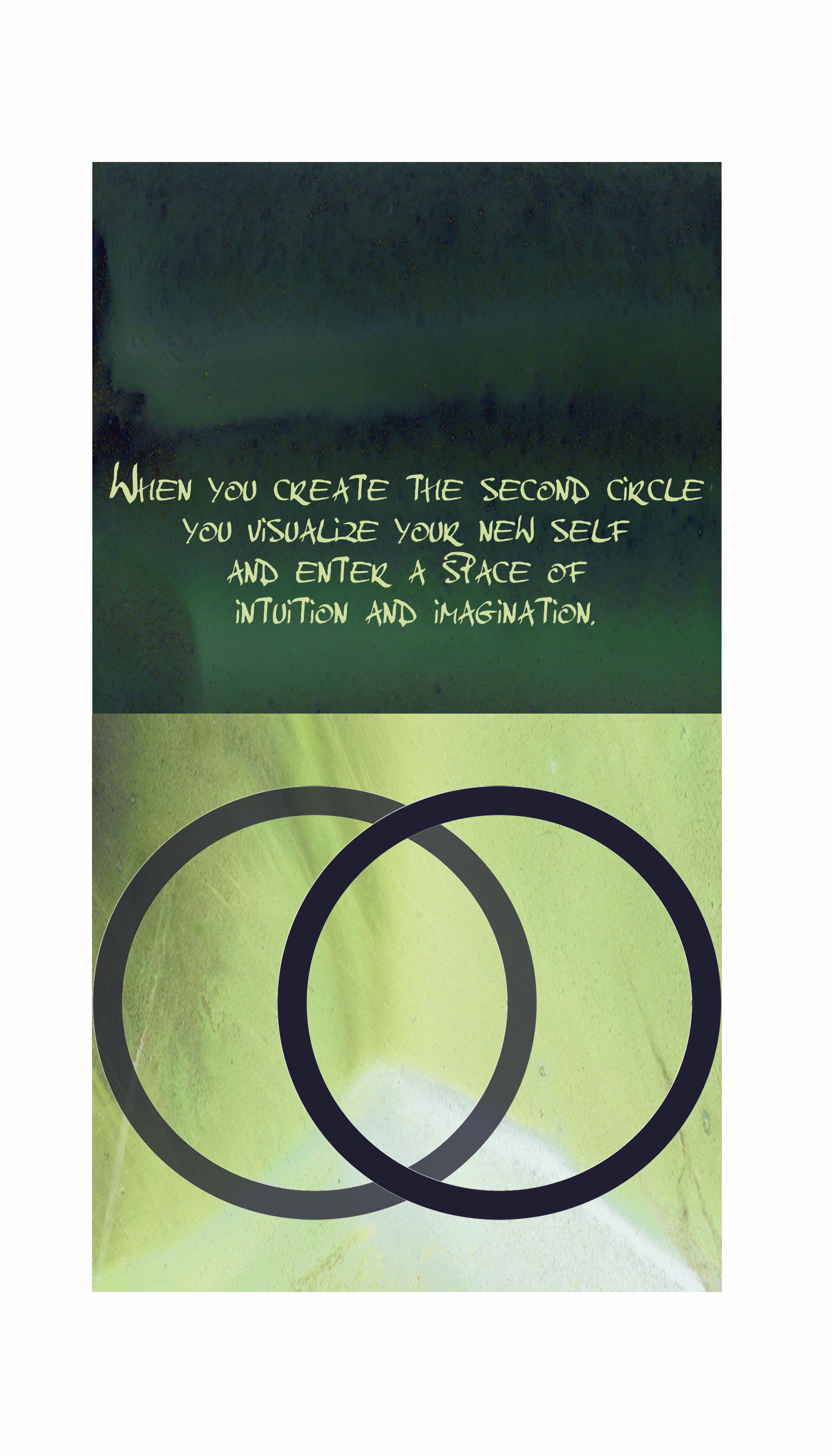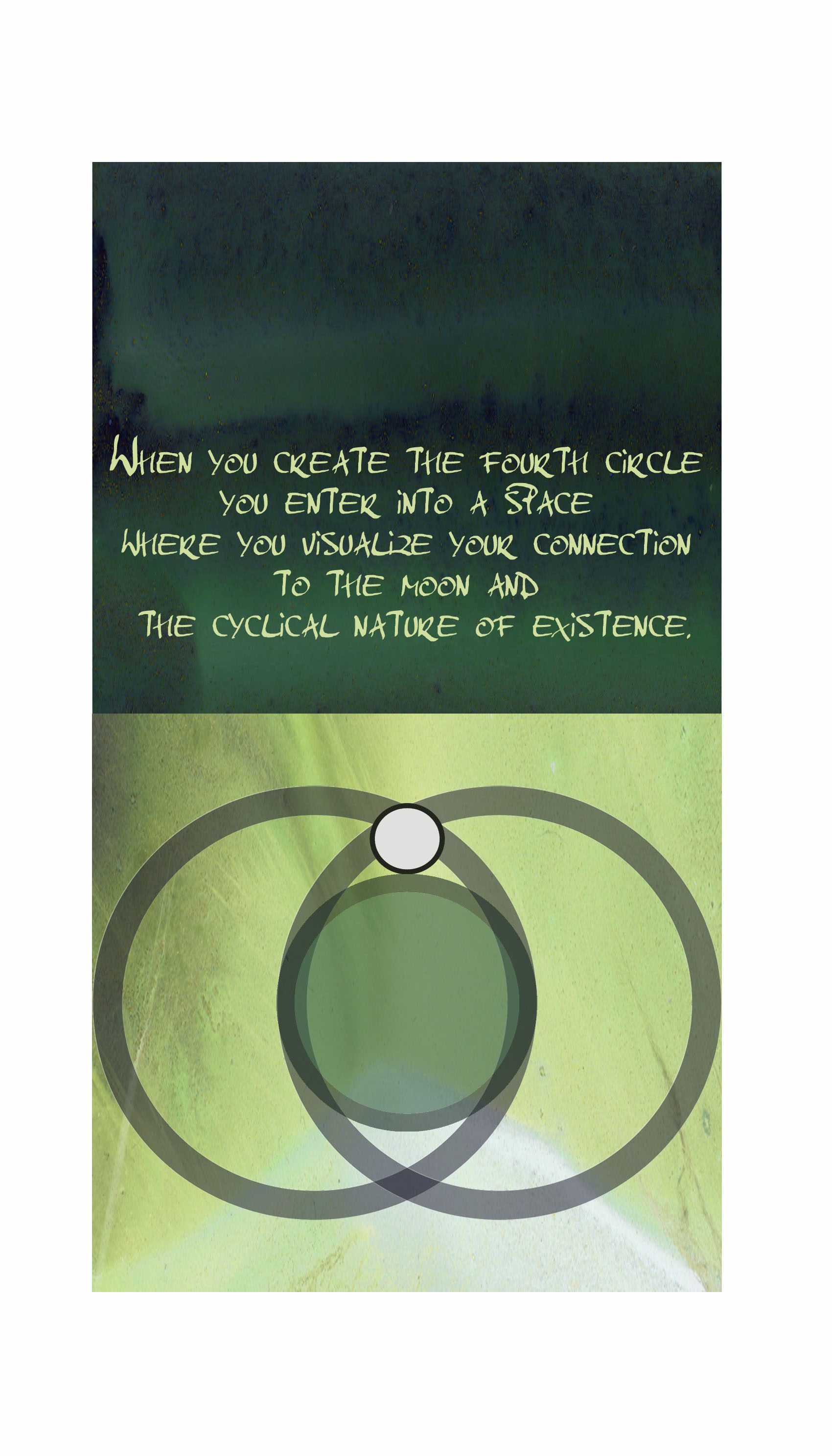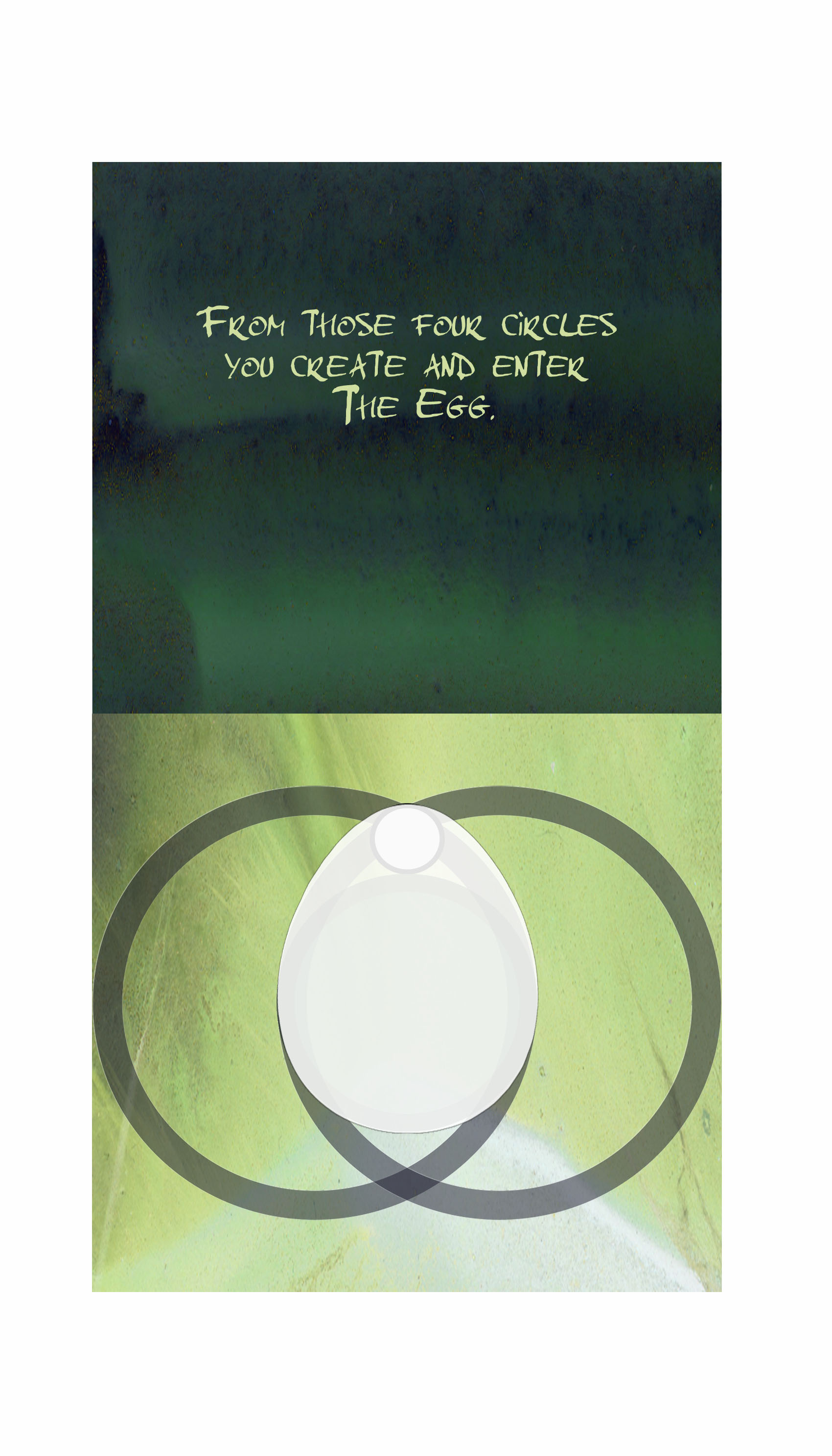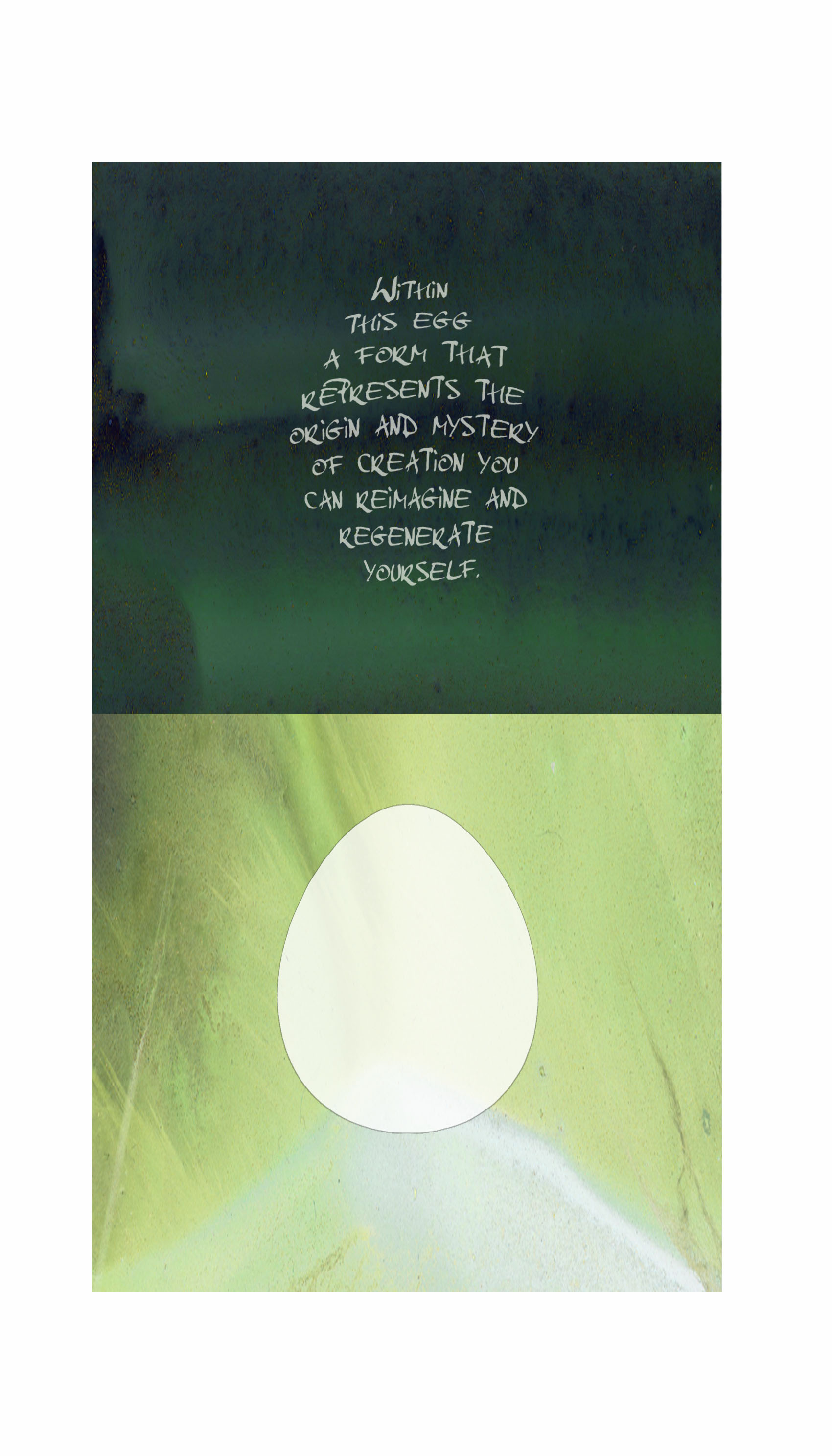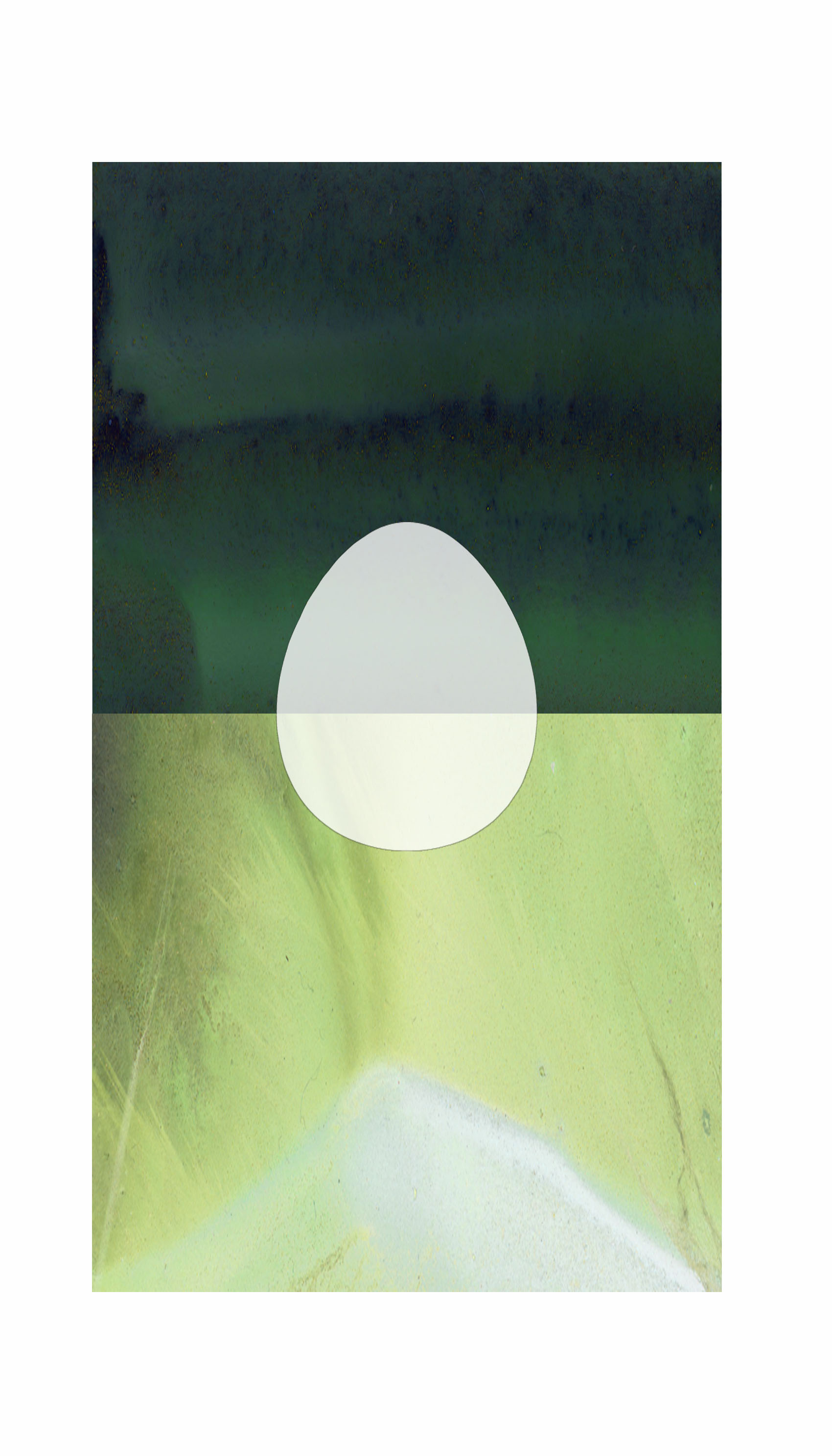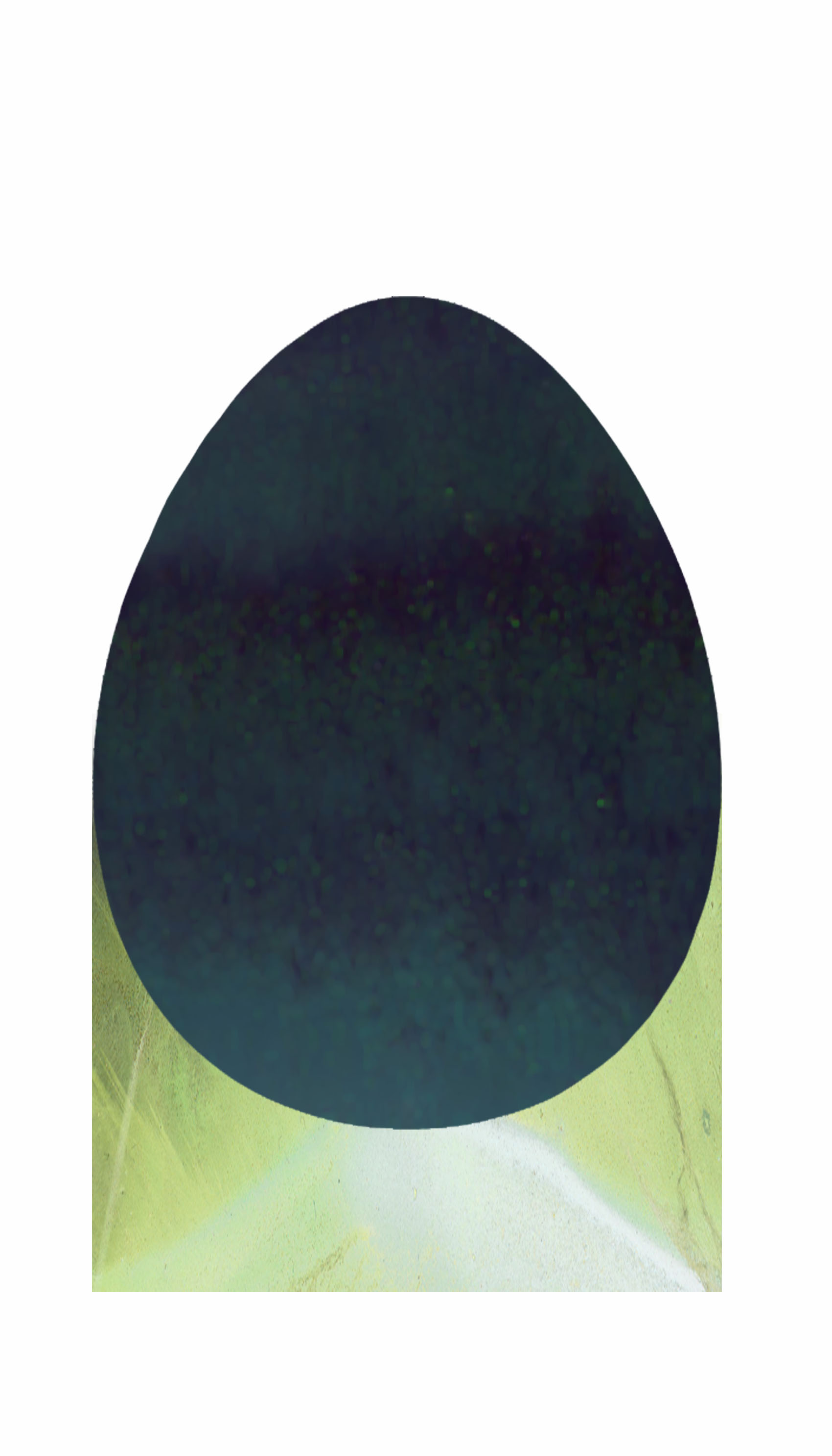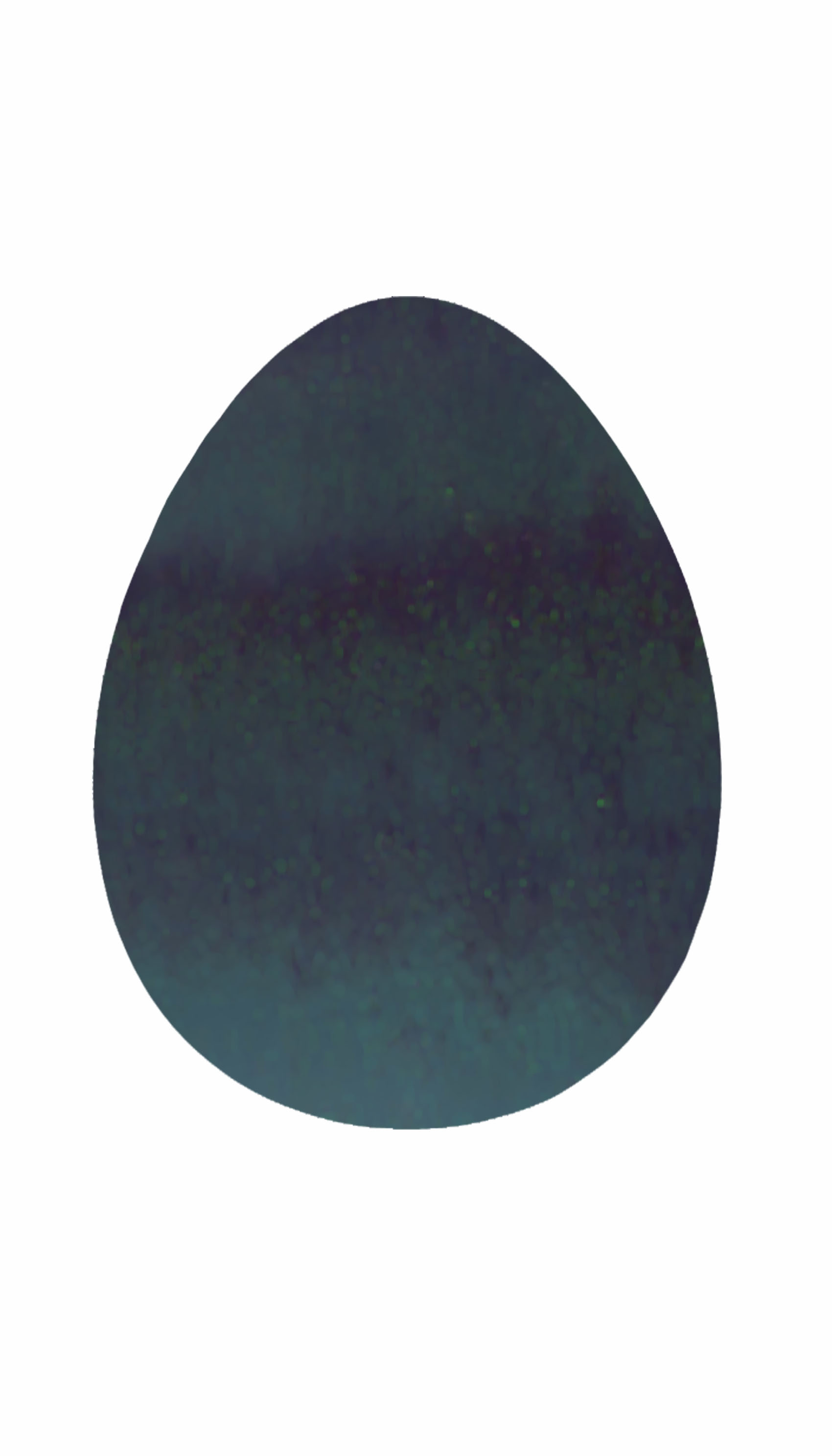On Anthrozoology
Human and non human we are animals. We are not separate from the natural world, we are part of it. What remains in constant contention is the amount of connection or disconnection we feel and participate in. And so I sing a song to the hunter-gatherer in all of us, the wilderness available around every corner; the magic, the ritual and the fusion of human and non-human animals.
For 20,000 years humankind lived in a directly interconnected relationship with the rest of nature. In the 10,000 that follow we have attempted to dominate and manipulate nature as a commodity, something to be tamed and appropriated. With the onset of agrarian practice we have moved from animism to humanism and removed the word “sacred” from our environmental vernacular. This lack of connection has created the cultural and ecological wars that pervade the 21st century landscape.
Early environmental scientists, artists and conservationists like Darwin, Locke and Muir understood natures’ divinity, but attempted to preserve it by distancing themselves from it. The objective analysis, the educated observer and the reflective scholar are all forms of a psychological separation from our source, our identity, our truth.
The Methodologies of Art: An Introduction by Laurie Schneider Adams, a canon of art foundations programs around the world, defines art as that impulse which “separates the human from the non-human” resting on the premise that the human animal is superior to other animals in impulse and application. When in truth, nothing can compare to the beauty and functionality of other animal’s creations. We have been told that they create by way of natural and sexual selection without concept or creativity…
Wolf Spider Web, Photo credit Mia Mingus 2012
Satin Bower Bird Bower, Photo credit Andrea Zampitella 2013
Nietzsche, Deluze, Guattari and Bataille, countless philosophers, theorists and artists have met with animals and found them lacking. Who does this disconnection serve? What purpose is there in objectification and appropriation?
It serves our communal lack of creativity, our laziness, our privilege and our need for a continued domination of nature and the exultation of the most unfit and autonomous of animals.
Giorgio Agamben, in his book L’Aperto: L’Uomo e L’Animale (The Open: Man and Animal) discusses how the man/animal distinction is in fact our most defining and critical philosophical debate across disciplines. He purports that if man is the place and result of ceaseless division and caesura we cannot take on any action of consequence in relation to human rights or values until the divide with the rest of nature is closed.
And so I offer up an exemplar, and an experience that I hope will bring you in touch with the animal, the wilderness, and your own true nature.
On the 3rd of July, the day I usually prepare for Independence Day, I celebrated Interdependance day...
I had the opportunity to see the latest production by Vinicio Capossela, the most prolific and curious of musicians. The show entitled Il Carnevale Degli Animale e Altre Bestie D’Amore (The Carnival Of The Animals and Other Beasts of Love), Is based on Le Carnaval Des Animaux (The Carnival of the Animals), a musical suite of fourteen movements by the French romantic composer Camille Saint-Saëns.
In Capossela’s prologue to the carnival he writes:
The first costume that man is drawn to don is that of the animal. The animal then, is the embodiment and demonstration of truth, the sacred, the allegorical and the symbolic…our own lycantropy is not dormant, but rather renewed by the carnival.
“The animal belongs to the world of the unconscious, the fantastic, the irrational, a place of beauty, apart from the world of contemporary science and neutralized zoology.” V. Capossela
One could write a book on the connotations and connections in this adaptation of The Carnival but I will share here some of the moments that struck a cord in me. Moments where creator and creation, human and animal are blurred, a place where we become naked again and transcend definitions.
In the ovature The March of the Royal Lion, appears the history of the fallen king. The oldest statue know to humankind is The Bear. This venerated and invincible creature would conquer men and seduce women. The undefeated champions of the Roman arena eventually, at the hands of the church, became entertainers in the marketplace; trained to perform humiliating tricks or muzzled and lead for human amusement. When bears returned from exile they made their way into the hearts of children everywhere; and Elvis, The King himself masqueraded in Let me be your Teddy Bear
“Put a chain around my neck and lead me anywhere.” E. Presley
The chains take form after a reading from the ecological and satirical fable Scandalo negli abissi by LF Celine. Capossela’s tune Pryntyl, referencing the mythical obsession of Neptune; a mermaid who was exiled from the abyss into human weakness and addiction.
And again in the archetypal embrace of an octopus, Polpo d’amore
Il Polpo was prefaced by a reading from Il Mare/ The Sea by Jules Michelet. And Annamaria Laserra, also sites Il Mare in her essay Il polipo e la piovra (nell’evangelo romantico di Michelet, Verne, Hugo) / The octopus and the squid (in the romantic gospel Michelet, Verne, Hugo) where she examines the eight tentacled beastie for it’s forces of attraction and repulsion, ideal for referencing romantic sensibility, "explicit or veiled, longing or requited."
And then, Il Corvo Torvo the animal most know for speaking directly to man. The Grim Crow caws of bitterness, in apathy and betrayal by way of his position on the edge, under the roof, in the bed… Both the protagonist and the omen, like Phoebus’ traitor and messenger as one, and a medium for speaking to and of oneself Nevermore.
Oscar Wilde’s The Nightingale and the Rose/ L’Usignolo e la rosa, the story of a red rose built out of music by moonlight through a belief in true love. Also a tale about the consequences of not recognizing the gift of profound creation. And a tale about our inability to understand when nature speaks to us, prefaces Con una rosa/ With a rose , Vinicio reweaves the story perfectly, painfully... Becoming again the creator and creation, the human and the animal, removing and revealing layers of human desire slowly and carefully, the way one undresses when someone else is watching.
Jacques Derrida explores the limits of the interstitial space between that which we call animal and that which we call human in The animal that therefore I am, exposing the limiting philosophic discourse from Aristotle to Heidegger that has misrepresented and misinterpreted the basic ontological difference between that which we call animal and that which we call human.
One premise Derrida sets forth is that the recognition of nudity and the shame associated with it is definitively human. And how interesting it is that we have spent centuries re-dressing ourselves in the skins of animals, using their nudity to cover our own and at the same time incite our own unrestrained natural state.
“The animal looks at us and we are naked before it. Thinking perhaps begins there.” J. Derrida
And so enters the fourth piece in my Counting Crows series, Four is for Birth.
Four is for Birth Installation view with video and mural flooring
Four is for Birth Video
Four is for Birth Book (click for gallery view of the book)
For a while now I have longed to create a cape based on the Crow flag/ Raven Banner of Viking mythology. And so, the garment that accompanies this piece is dimensionally that of two such banners. I also see it as a skin like the leopard skin of the Tarot deck that appears first as a baby leopard, and then after it’s death becomes a garment for the Empress and the Magician, made from four little black dresses from my past.
The book, is a kind of instruction manual, and the dance, a physical interpretation of Sacred Geometry broken into four movements, in this case the geometry of The Egg, or Seed of Life.
“Probably one of the most private things in the world is an egg before it is broken.” MFK. Fisher
In his book Le Rêve de d'Alembert/ D'Alembert’s Dream, Denis Diderot an early pioneer of materialist theory and ecology, set forth a beautiful proposition about the transformational nature of existence by asking the question: What is an egg but potential, a mass that makes it’s transition to sentience through motion?
And so it is with the egg that we ask the question, which came first? And it is with the egg that we can sense our origin and re-identify as a part of nature rather than separate from it.
“Do you see this egg? With this you can topple every theological theory, every church or temple in the world.” D. Diderot



